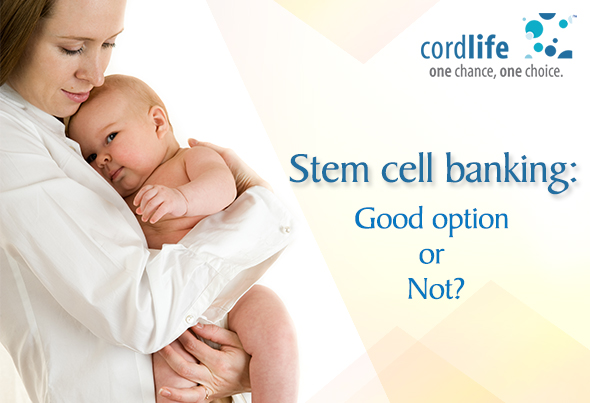Table of Contents
Many parents today choose to bank their child’s stem cells immediately after delivery. This decision might help save your child’s life in the future.
Today, with people being increasingly afflicted by blood and immune system disorders, it is time to take a serious look at stem cell banking and how stem cells may change outcomes in disease prevention and treatment.
The world’s first stem cell bank facility opened in 1989 in Florida[1], and though initial awareness about the process was low, today, stem cell banking, transplant and technology is growing by leaps and bounds every year.
Stem cells are found in blood in the umbilical cord and placenta after the birth of the baby. Since the umbilical cord is the direct connection between mother and baby during pregnancy, the blood present in it is rich in stem cells that can be harvested for future use. Stem cells are used to treat over 80 diseases, and they may be taken from donors in the immediate family or a suitable anonymous match. Stem blood is a rich repository of haematopoietic stem cells which are the primary agents responsible for regenerating the immune system.
Today, stem cell treatments are applicable for diseases of the blood and immune system, as well to treat specific cancers. In the US, skin stem cells have been used to grow skin grafts for burn patients since the 1970s, while trials are being conducted to study whether stem cells can be used to regenerate damaged tissues of the heart, bone, liver, cornea and pancreas.[2]
Why stem cell banking?
Banking stem cells provides a reliable backup solution for future health issues that your baby may face. Cord blood cells are viable for use even after years have elapsed after collection, and by their very nature, they are less likely to cause a rejection during transplants because they seldom attack foreign substances, the way stem cells from bone marrow may.[3]
The costs of stem cell banking
The total costs of collecting and storing the cord blood for a period of 21 years is as low as Rs 50,000, though premium cord blood banks are sweetening the deal for customers by offering flexible payment options. Apart from a one-time enrolment fee, customers can choose to pay a specific sum of money every month in the form of EMIs[4]. The EMI calculation is based on the payment plan the customer chooses.
[1] Cryocell International Stem Cell Bank statistics, 1989
[2] Barrandon, Yann, ‘What diseases and conditions can be treated with stem cells?’, http://www.eurostemcell.org/faq/what-diseases-and-conditions-can-be-treated-stem-cells
[3] ‘Cord blood banking: What is it, why consider it?’, http://www.babycenter.com/0_cord-blood-banking-what-it-is-why-consider-it_1362261.bc#articlesection3
[4] Cordlife India, https://www.cordlifeindia.com/price-and-enrolment
